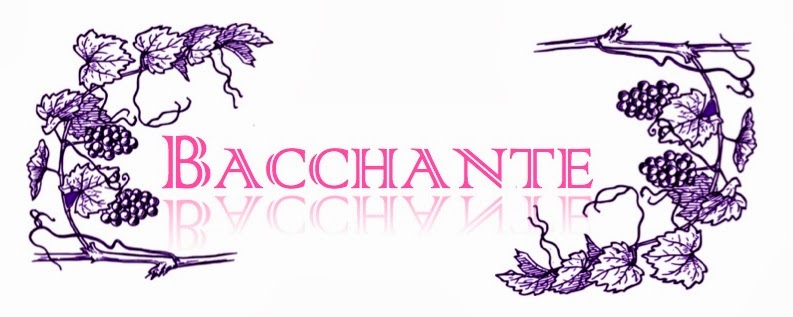"The peoples of the Mediterranean began to emerge from barbarism when they learnt to cultivate the olive and the vine."
Thucydides, Greek Historian (c. 460-400BC)
The grapevine appeals to me as a symbol of a civilised society - we owe a great deal to the grapevine for it has given us philosophy, science and mathematics, and of course wine.
 |
| Lawrence Alma Tadema - Greek Wine (1873) |
 |
| Dionysus - Greek God of Wine & Fertility |
You may ask why such knowledge is important and how it could benefit any wine producer. Species identification is both of social and economic importance. Firstly, classification can prevent any species extinction. This is particularly important in light of the plague of phylloxera that wiped out a great many vineyards and may have caused the loss of entire cultivars. Secondly, genetic understanding of familial relations can help future cross-breeding programmes. Cross-breeding of two genetically diverse varietals (to avoid inbreeding) can produce hardier offspring. This is certainly a commercial benefit as many wine regions of the world are continually experiencing climatic extremes and reaching their temperature and precipitation thresholds. In addition, it produces new and exciting cultivars.
Indeed, the application of such knowledge has great potential for the future of Greek viniculture. For example, while phylloxera wreaked havoc across huge swathes of Europe, vineyards across the Atlantic in the US seemed untouched and this was linked to the use of a phylloxera resistant rootstocks - chiefly Richter 110. The US became a huge exporter of such rootstocks, particularly to Greece. And perhaps now Greece has the chance to influence American viticulture. There is an increasing trend of vineyards and winemakers seeking out the more unusual cultivars in a bid to create a niche for themselves within the market. Greece's ever expanding catalogue of distinct varieties could be instrumental in this transforming Greece into "a nursery to the New World".
But what of the Greek varietals themselves?
Please note - I am not trying to provide an exhaustive catalogue of varieties, just a few key ones so you can try them out for yourselves. Check out Vickbar Wines, which boasts the largest selection of Greek wines.
The Reds:
Agiorgitiko and Xynomavro are the two chief exports. Agiorgitiko is often classified as Merlot-like owing to the level and tannins and dark berry aromas. It seems wine critics find Xynomavro (xyno - acid; mavro - black) a little more difficult to place within European varieites. Some say Pinot Noir, others say Merlot and even a Burgundy Red. I guess it's something you have to figure out for yourself.
 |
| Xynomavro grapes (also known as xinomavro) |
Kotsifali is a somewhat underrated grape originating from Crete. Post-phylloxera devastation, it is making a come back, seeming to work best when managed with modern (New World) viticultural techniques.
The Whites:
Greek whites seem to not fair as well as their red counterparts where the critics are concerned. That is not to say they should never be considered. Indeed, as viticulturists and oenologists develop a deeper understanding of varietal-terroir interactions, they will unlock huge potentials for white grape cultivars.
Asyrtiko is the best known white grape. Yet, it has a unstable temperament both in the field and during vinification, strongly affected by changes in terroir and elevation and prone to oxidation.
Dafni, another varietal on the brink of extinction that has been carefully re-cultivated. Sensitive to changes in precipitation - the drier the better - and requires strict prunning as it is incredibly productive. As for the wine, I have yet to read a damning review - clean, refershing, with botantic and herbal notes and a touch of orange and honey. Sounds delicious!
Plytó is a varietal that displays a refreshing acidity with notes of pear and a hint of minerality. This is somewhat unusual as it's mainly cultivated on Crete - its southern location would be expected to produce wines with baked fruit aromas and higher alcohol. It is another varietal that has recently be re-cultivated. Both Dafni and Plytó have both been revived by the Lyrarakis family vineyard. Their work has certainly brought new white varieties into the spotlight with their Plytó 2011 winning a Bronze Decanter award.
So, I hope this inspires you to explore the ancient and modern world of Greek wine without reaching for Retsina. Let us toast to the bright future of Greek wine - στην υγειά μας!







